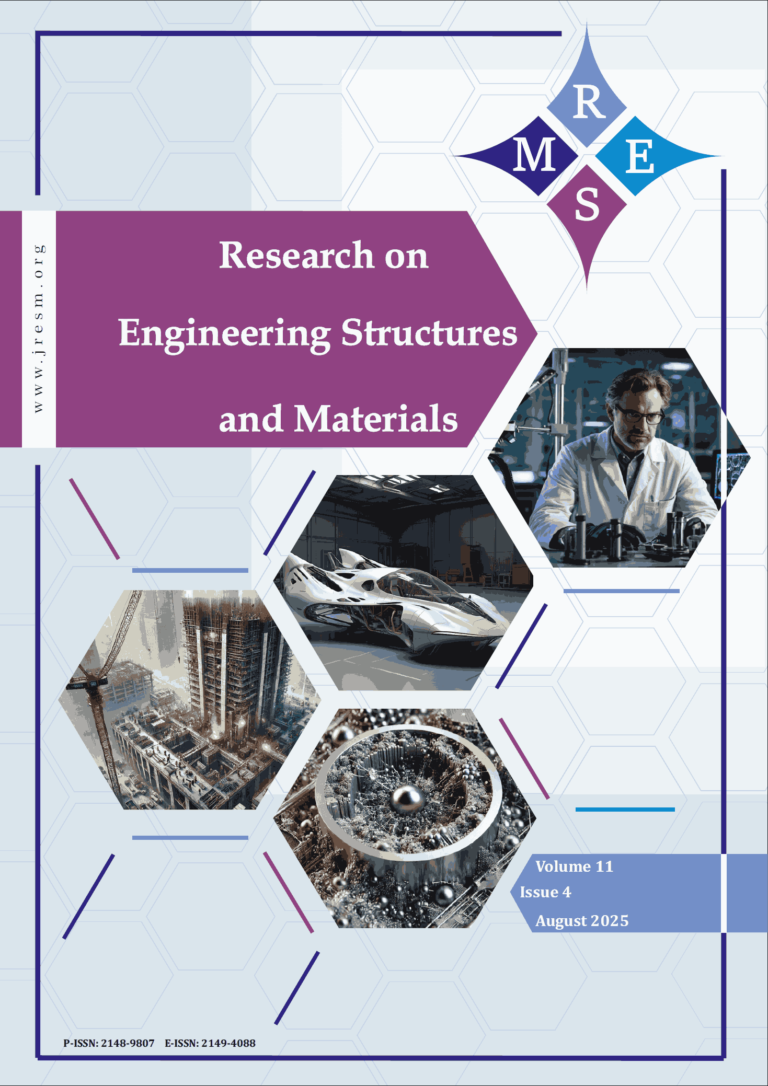This study investigated the inhibition characteristics of rice husk (RH) on corrosion of Aluminum 6061 in 1M hydrochloric acid. Gravimetric analysis and Scanning Electron Microscopy (SEM)/ Energy Dispersive X-ray analysis (EDX) as well as electrochemical studies revealed the potency of RH as a good inhibitor of the corrosion of Al 6061 in 1M HCl. Fourier Transform Infrared Spectroscopy (FTIR) indicated that âOH, C=C, and C=O with signals at (3317.19, 2932.9, 2848.2), (1631.8) and (1105.73, 1030.2, 447.15), respectively in RH were the viable active functional groups which adsorbed on the metal surface to effect reduction of corrosion rates. However, literature suggested the presence of amorphous silica in RH which served as a complimentary corrosion inhibitor. The corrosion current density of Al 6061 was reduced to 3.46 Ã 10â7 A/cm2 at 24 h as against 9.27 Ã 10â7 A/cm2 at the commencement of the potentiodynamic polarization measurements in inhibited 1M HCl. The control specimens exhibited an average corrosion rate of 3.86 Ã 10â6 A/cm2 in HCl solution at the start of this investigation as compared to the corrosion rate of 3.46 Ã 10â7 A/cm2 at 24 h of exposure in 5 mg RH- inhibited HCl. The obtained results gave a corrosion inhibition efficiency of about 90 to 92%.
Ikubanni P, Oki M, Adediran A, Akintola S, Adeleke A, Anyim I, Adesina O, Efenovwe L.
Valorized rice husk as green corrosion inhibitor for Al 6061 in 1M HCl. Res. Eng. Struct.
Mater., 2024; 10(3): 873-883.
